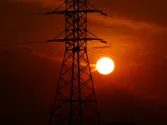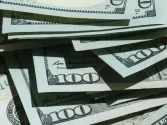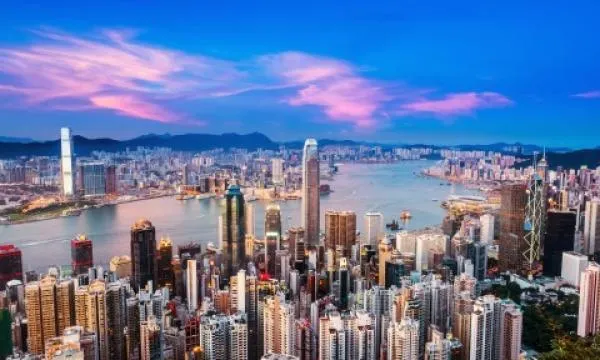
Hong Kong luxury residential prices slip 01.% in Q3
Luxury volumes have been volatile recently with July’s buoyant mood quickly dissipating due to a third virus wave.
Luxury volumes have been volatile over the past few months with the buoyant mood in July quickly dissipating due to a third wave of virus infections and heightened social tensions. According to Savills, total luxury volume (HK$20 million +) surged to 282 in July, the highest in 2020, before falling back to 153 in August. The combined number of transactions for the two months (435) was still slightly ahead of the 419 transactions completed in April and May, though.
The sale of 37 Shouson Hill Road in Southside for HK$2.5 billion to Hang Lung Properties was the most significant deal of the quarter, with the developer planning to redevelop the former US consular staff quarters into super luxury detached houses, targeting completion in 2024. Elsewhere two other house sites were sold to investors / individuals eyeing redevelopment, reflecting a firm appetite for developable sites at the top end of the market.
Though market sentiment was mixed at best, luxury prices on Hong Kong Island and in Kowloon declined marginally by 0.1% and 0.5% respectively in Q3, as only a handful of distressed assets changed hands.
Here’s more from Savills:
The New Territories market, in particular houses, continued to attract buyers, given the appeal of low density living, ample outdoor space and the availability of parking, and luxury prices rebounded for a second consecutive quarter by 2.6% as a result.
A quick comparison of average house prices by district reveals the substantial price differential between the Peak (with an indicative price range of HK$55,000 to HK$105,000 per sq ft) compared with Sai Kung (where typical average prices range from HK$11,800 to HK$17,500 per sq ft), the latter almost one-fi fth of the former. This phenomenon adds to the appeal of New Territories houses to potential buyers, especially for those who did not need to commute to the CBD frequently.
Mass market supported by secondary market revival
The mass market was in a buoyant mood with reviving interest in the secondary market due partly to lower down payment requirements from Mortgage Insurance Programme. The secondary transaction volume totalled 25,327 over the first seven months in 2020, a 1.4% rebound from the same period last year. The primary market saw fewer transactions as developers held back project launches due to the uncertain environment, while some were more focused on clearing backlog units with more aggressive incentives.
From 2016 to 2018, developers were aggressive in primary launches with the number of primary unit launches (averaging around 20,000 per annum) consistently higher than the number of units being sold (averaging around 17,000 per annum). 2019 saw this trend reverse for the first time and this remained the case over the first eight months of 2020 with only 6,500 primary units launched but more than 9,000 primary units sold, representing a change in launch strategies by developers over the past 18 months when market sentiment has become more subdued.
Outlook
The potential reintroduction of the vacancy tax could see further changes to primary launch strategies in the near future. Assuming the proposed vacancy tax to be effective from 2021 onwards, as many as 8,600 completed but not yet sold units would be subject to the 5% levy on sales price on an annual basis, which would most likely prompt developers to speed up sales of such units.
Adding another 54,000 units under construction (construction which began in 2019 or before) but not yet sold or launched, the primary launch pipeline in 2021 could be substantial, in particular given the cautious launch programmes witnessed this year.
Looking ahead, the full impact of COVID-19 may be felt towards the end of the year if the government tapers subsidies and we see more corporate layoffs pushing unemployment rates to new highs. The unemployment rate currently stands at 6.1%. With uncertain economic prospects and a volatile stock market, residential volumes and prices may have to endure a bumpy ride to the end of this year.
Luxury apartment prices on Hong Kong Island have fallen by 8.6% from their previous peak in Q2/2019 and are expected to slip by a further 3% to 5% towards the end of this year given the uncertain environment.
Looking into 2021, with economic growth expected to remain weak, unemployment expected to hit new highs and developers likely to accelerate launches, luxury prices may come under further pressure, possibly declining by another 5% to 10%. Low interest rates and ample liquidity will provide some market support, however. Difficult variables to predict include the containment of COVID-19, future US-China relations, and the possibility of resurgent social tensions.


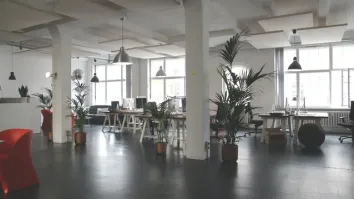
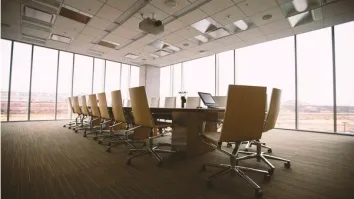
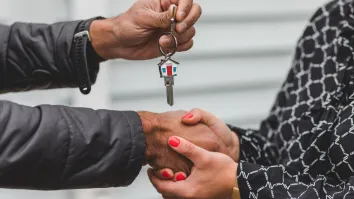
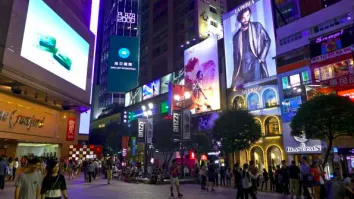
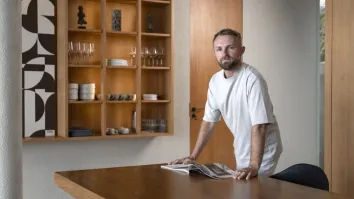






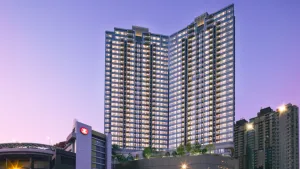



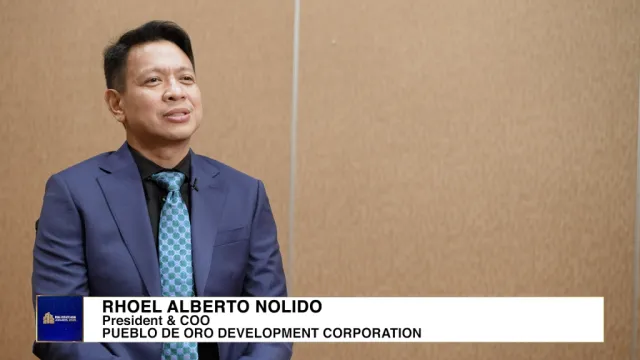

 Advertise
Advertise
